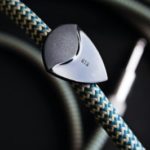Bass Effects - LFOs - Low Frequency Oscillators
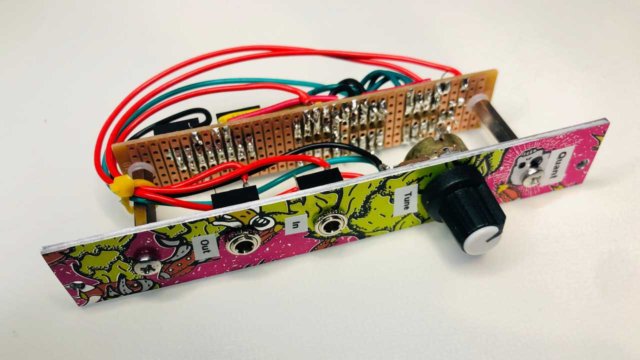
When using audio effects, you will frequently encounter the term low frequency oscillator, or LFO for short.
LFOs do a lot of work inside many other common effects such as chorus, flanging, phasing, vibrato, and tremolo.
LFOs do a lot of work inside many other common effects such as chorus, flanging, phasing, vibrato, and tremolo.
Frequency
Remember, frequency refers to how frequently something happens. Frequency is expressed in Hertz (Hz)—a measure of cycles-per-second.
1 Hz means one cycle-per-second. 100 Hz = 100 cycles-per-second.
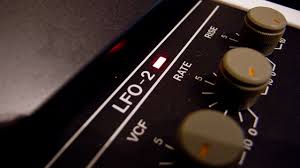
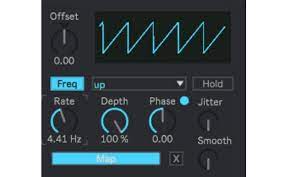
Low Frequency
In the context of LFOs, Low Frequency refers to not very many cycles-per-second. This is typically 10Hz or below.
Essential: Don’t confuse low frequency with meaning low pitch. While low pitches are indeed created by vibrating at low frequencies (the open E of the bass is about 41Hz), an LFO is not creating any sort of pitch for you to hear. It’s using this low frequency in a different way.

Oscillator
To oscillate means to move, or vary, up and down, or back and forth between two points.
An oscillator is like a little engine or program set to continually move back and forth, or cycle, between two points.
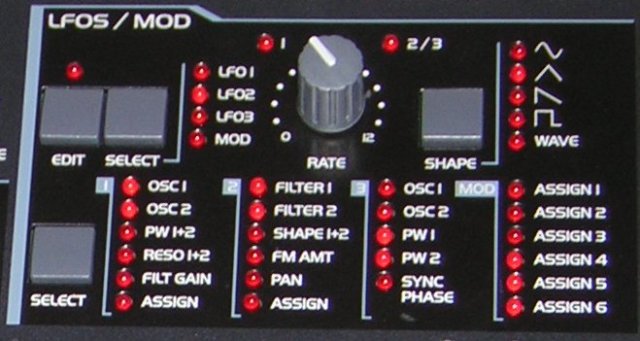
Low Frequency Oscillator
Let’s put all the terms back together:
A low frequency oscillator, or LFO, changes something back and forth (oscillates) at a slow rate (low frequency).
This slow rate is usually 10Hz or less. That means, the LFO varies 10 times per second or slower. That’s not very fast.
By itself, an LFO doesn’t create any sound. Instead, it modulates, or changes, aspects of a sound or some parameter. The LFO needs to be connected to something to do something audible.
For example, you could connect an LFO to the volume level of a sound to make the volume go up and down.
Or, you could setup an LFO to fluctuate pitch up and down.
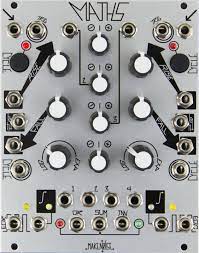
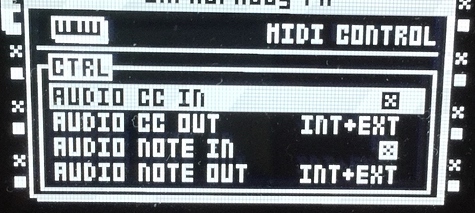
LFO Parameters
An LFO has two main parameters: Amount and Rate.

LFO Amount (or Depth)
The LFO amount parameter (sometimes called depth) selects how much the LFO goes back and forth.
This value might be in Hz, milliseconds, or some other measurement. It will depend on what is being modulated.

Oscillator
To oscillate means to move, or vary, up and down, or back and forth between two points.
An oscillator is like a little engine or program set to continually move back and forth, or cycle, between two points.

Low Frequency Oscillator
Let’s put all the terms back together:
A low frequency oscillator, or LFO, changes something back and forth (oscillates) at a slow rate (low frequency).
This slow rate is usually 10Hz or less. That means, the LFO varies 10 times per second or slower. That’s not very fast.
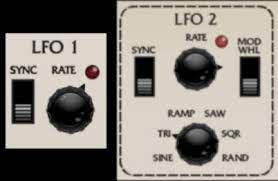
LFO Rate (or Speed)
The LFO rate parameter (sometimes called speed) is how frequently the oscillation occurs.
This value will be in Hertz, o
LFOs do a lot of work inside many other common effects such as chorus, flanging, phasing, vibrato, and tremolo.
Guitar Pedals & Effects



